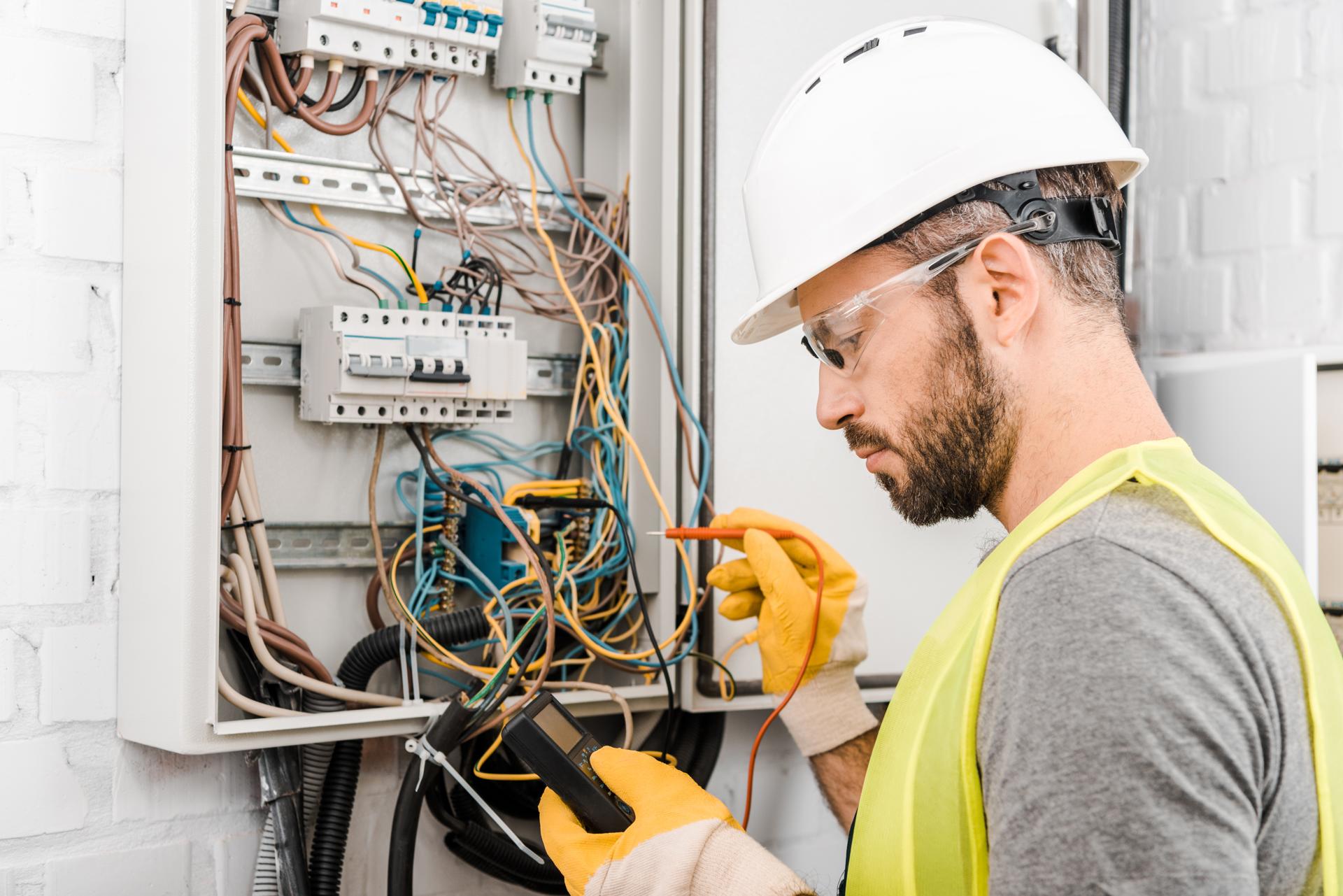How Electrical Wiring Functions Inside Your Home: An Exhaustive Overview

Electricity is a vital part of our daily lives, supplying everything from the lights of our homes to the devices that we use each day. But electric systems may be complicated knowing how they work can be challenging. In this article we’ll breakdown the components of an electrical system and explain how circuits work to power devices and appliances. Our residential electricians can handle any electrical jobs you need.
Components of an Electrical System
A home’s electrical system includes a number of important components that work to provide power throughout a home. These include:
Breaker box is the central distribution point for electrical power in homes, where the electricity is divided into different circuits
Outlets and switches: the points at which electricity is supplied to appliances and devices
Wiring: the electrical wires that transmit electric current from the box to the outlets and switches
Electric appliances, devices and equipment: the appliances and gadgets that rely on electricity for their functions.
Electrical Circuits
The term "electrical circuit" refers to a path that allows electricity to flow from the source (the breakers box) to appliances and devices within a home. There are two types of electrical circuits in homes which are 120-volt circuits and circuits with 240-volt voltage. 120-volt circuits are used to power most household appliances and appliances, while the 240-volt circuits are designed to power larger appliances, such as air conditioners and electric dryers.
Electrical circuits function by creating the loop which allows electricity to flow from the source to the appliance or device. The loop consists of a hot wire which transports the power along with a neutral wire that completes the circuit as well as a ground wire that provides a path for electricity to travel to the ground in case there is a problem.
Understanding the electrical Wiring
Electrical wiring is available in a variety of different types, including non-metallic sheathed wire (NM), armored cable (AC), and conduit. Each comes with its own pros and drawbacks and the selection of the type of wiring is based on the particular requirements of the installation.
Electricity travels through wiring through the creation of electrons through the wire. Electrons move from the source to the appliance or device, and back to the source through the neutral wire. It is essential to ensure the wiring is put in place and maintained properly, since improper wiring can cause electrical hazards like shocks and fires.
Common Electrical Problems
The most frequent electrical problems found in homes include tripping breakers, flickering lights, and disconnected outlets. These problems can be caused by a myriad of causes such as overloading circuits poor connections, or faulty wiring.
If you experience any of these issues, it’s essential to identify the root cause and take steps to correct the issue. In some cases this could mean contacting an authorized electrician to look over and fix the wiring.
Concluding and Call to Action
In the end, knowing how electrical wiring works is vital to ensure the safety and reliability of the electrical system in your home. By following the guidelines outlined in this article to stay safe and prevent potential hazards.
In case you’ve got any concerns or questions about your home’s electrical system, don’t hesitate to contact Local Electrician Campbelltown. Our electricians are licensed and has the expertise and experience to meet your electrical requirements. Contact us by phone at 1300 941 876 to schedule a appointment.
FAQ
What are the symptoms of a faulty electrical wiring?
The signs of an electrical wiring issue could include tripping breakers flickering lights, and dead outlets, among others.
When should I have my home’s electrical system inspected?
It’s recommended that you ensure that your electrical system is examined by a licensed electrician every 10 years.
What is the lifespan of wiring that is electrical?
The life expectancy of electrical wiring is dependent on several factors, including what kind of wire, the environment it’s installed in, and the quality of the installation. In general, electrical wiring lasts as long as thirty years, or even more, with proper installation and maintenance.
Do I have the ability to fix electrical issues by myself or should I engage an electrician?
Although some electrical issues can be fixed by homeowners, it is recommended that you hire a licensed electrician for most electrical repairs. If you attempt to fix electrical issues without proper training and knowledge can be risky and can result in damage or injury in your house.
What should I do if I encounter an electrical problem in my home?
In the event of an electrical issue the first step is to shut off the power supply to the area affected by turning off the breaker or fuse. Contact an accredited electrician to look into and fix the issue as soon as is possible.
By following these rules by following these guidelines, you can ensure the security and reliability of the home’s electrical system , and avoid possible dangers. Be aware that when it comes to electrical repairs and installations, it’s always recommended to rely on the professionals. Call Local Electrician Campbelltown at 1300 941 876 for all your electrical needs.
